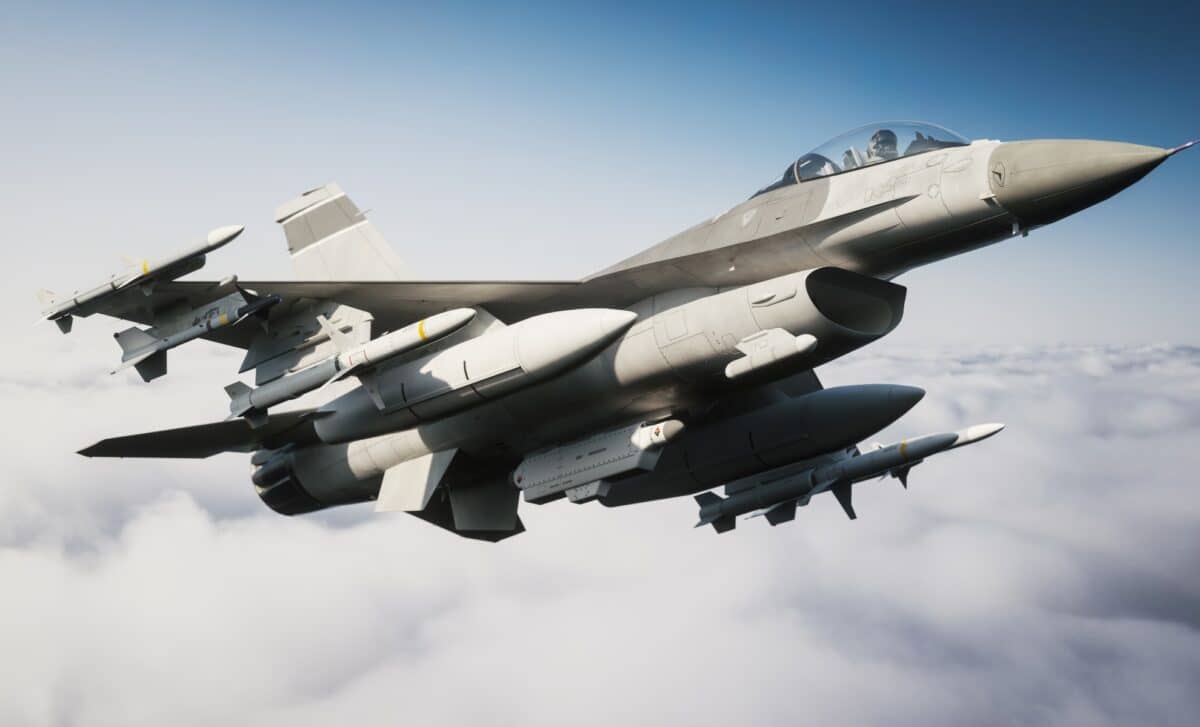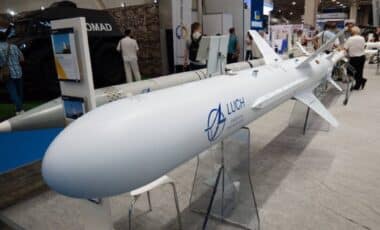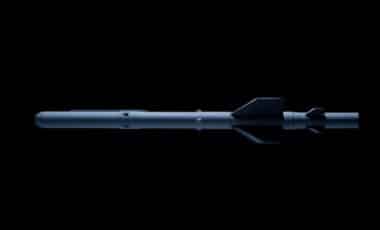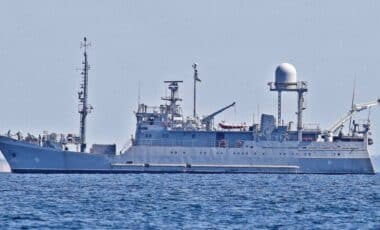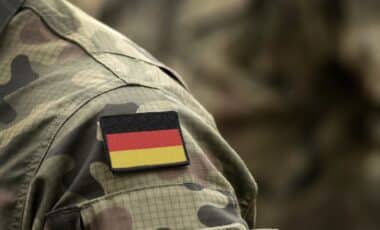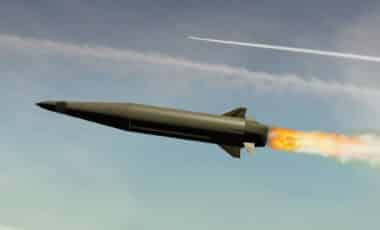Fighter jet pilots are among the most elite aviators globally, entrusted with highly specialized roles that require extraordinary physical and mental fortitude. Their compensation reflects the demanding nature of their work, with salaries varying depending on experience, country, and rank. Despite these variations, military fighter pilots typically earn competitive salaries and a range of additional benefits, though they do not always match the earnings of their commercial counterparts.
In the United States, fighter pilots start with a base salary of around $43,500 (O-1 rank), but with experience and additional roles, their earnings can reach between $100,000 and $140,000 annually. This salary is supplemented by numerous benefits, making the overall compensation package quite attractive. However, while fighter pilots in the U.S. enjoy competitive salaries, those in other developed nations often earn lower base figures but still benefit from various allowances and bonuses that enhance their overall earnings, reports Aviation A2Z.
China’s Navy’s Worst Nightmare: America’s Virginia Block V Submarine Could Change Naval Warfare
U.S. Fighter Jet Pilot Salary and Benefits
In the United States, fighter jet pilots begin their careers with a base salary of about $43,500 annually at the O-1 rank. As they gain experience, their salaries increase significantly. According to Aviation A2Z, experienced U.S. fighter pilots typically earn between $100,000 and $140,000 annually. This compensation is further boosted by additional financial incentives, such as flight pay, combat pay, deployment pay, hazard pay, and special duty bonuses for instructors or operational leaders.
In addition to these allowances, U.S. fighter pilots receive housing and dependent allowances, which help cover family and living expenses when stationed away from home. Furthermore, military aviators are provided with full healthcare coverage for themselves and their families, as well as a military pension that ensures long-term financial security. These benefits add significant value to their compensation package, and unlike their commercial counterparts, most military pilots do not carry student debt as their training is funded by the government.
Salaries in Other Developed Nations
While U.S. fighter pilots earn some of the highest salaries, fighter pilots in other developed nations earn relatively lower base salaries but are compensated with various allowances and benefits. For example, in the United Kingdom, fighter pilots earn between £70,000 and £100,000 annually, which is approximately $90,000 to $130,000. In Canada, the salary range is CAD 80K to 120K, which translates to about $58,000 to $88,000, while in Australia, fighter pilots earn between AUD 100K and 150K, or roughly $66,900 to $100,300.
These figures are lower than those in the U.S., but the benefits associated with these positions help offset the disparity. In addition to base salaries, fighter pilots in these countries receive similar allowances, such as flight pay, combat pay, and hazard pay. Furthermore, they are provided with healthcare coverage, housing allowances, and special duty bonuses, which significantly increase their overall earnings. Like in the U.S., salaries in these countries also rise with experience, flight hours, and rank promotions.
The Pathway to Becoming a Fighter Pilot
Becoming a fighter pilot is a long and demanding process that requires years of education, training, and rigorous performance assessments. In the U.S., candidates must first earn a bachelor’s degree before they can commission as officers through ROTC, a service academy, or Officer Training School. After commissioning, they must pass selection tests to enter Undergraduate Pilot Training (UPT), which typically lasts one to two years and includes jet-specific training.
Once they complete UPT, candidates are then tracked into fighter aviation based on their performance. They undergo advanced tactical training specific to the aircraft they will be assigned to and join a squadron for combat mission certification.
The entire process can take more than three years before pilots are fully ready for combat. In return for this extensive training, military aviators are required to commit to a service term of 8 to 10 years. This service commitment reflects the $5 million to $10 million investment made by the military in each pilot’s training.

